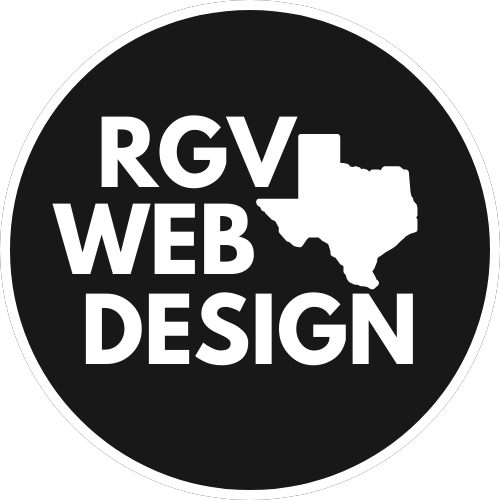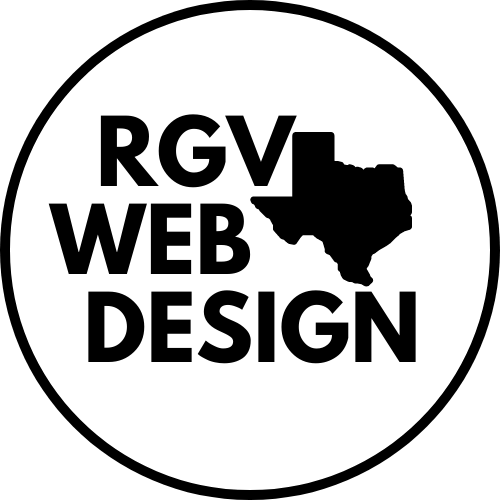Mastering the Basics: A Comprehensive Guide to learning how to code with HTML for website design

HTML, or HyperText Markup Language, is the foundational building block of web development. Learning HTML is the first step toward creating websites and gaining a deeper understanding of web technologies. In this comprehensive guide, we will delve into the essentials of HTML, how to code with it, and the best ways to learn this fundamental language. Join us on this journey to empower yourself with HTML skills and kickstart your path to becoming a proficient web developer.
Understanding HTML – The Language of the Web:
What is HTML?
HTML is the standard markup language used to create the structure and content of web pages. It’s the backbone that forms the elements, paragraphs, headings, links, images, and other components you see on websites.
Anatomy of an HTML Element:
Every HTML element consists of a start tag, content, and an end tag. The start tag and end tag are enclosed within angle brackets (< and >). For example, a basic HTML structure looks like this:
<!DOCTYPE html>
<html>
<head>
<title>Page Title</title>
</head>
<body> <h1>This is a Heading</h1>
<p>This is a paragraph.</p>
</body>
</html>
Getting Started with HTML:
1. Setting Up Your Development Environment:
To code HTML, all you need is a text editor. Use popular text editors like Visual Studio Code, Sublime Text, or Atom to begin your coding journey.
2. Creating Your First HTML Page:
Start with a basic HTML structure as shown above. Save the file with a .html extension and open it in a web browser to see your HTML in action.
3. Understanding HTML Tags:
Familiarize yourself with HTML tags like headings, paragraphs, links, images, lists, tables, and forms. These form the core elements of web pages.
External Link: HTML Tags Reference
4. Learning HTML Attributes:
HTML tags can have attributes that provide additional information. Attributes modify the behavior or appearance of the HTML element.
External Link: HTML Attributes Reference
5. Styling with CSS:
Complement HTML with CSS (Cascading Style Sheets) to enhance the design and layout of your web pages.
External Link: CSS Introduction
Best Ways to Learn HTML:
1. Online Tutorials and Courses:
Enroll in online platforms like freeCodeCamp, Codecademy, and Udemy to access interactive tutorials and courses on HTML.
External Link: freeCodeCamp
2. Official Documentation:
The Mozilla Developer Network (MDN) provides an extensive and reliable resource to learn HTML from the ground up.
External Link: MDN HTML Guide
3. Practice Regularly:
The more you code, the better you become. Practice creating websites, experiment with different HTML elements, and build small projects to reinforce your learning.
Conclusion:
HTML is the foundation of web development, and mastering it is essential for anyone aspiring to become a web developer. Understanding HTML tags, attributes, and learning how to style with CSS are vital steps. Combine this knowledge with regular practice and explore online tutorials and courses to strengthen your HTML skills. For those in South Texas looking to delve deeper into web development, consider partnering with the best web designers in the region to elevate your skills and create impressive web solutions. Happy coding!





